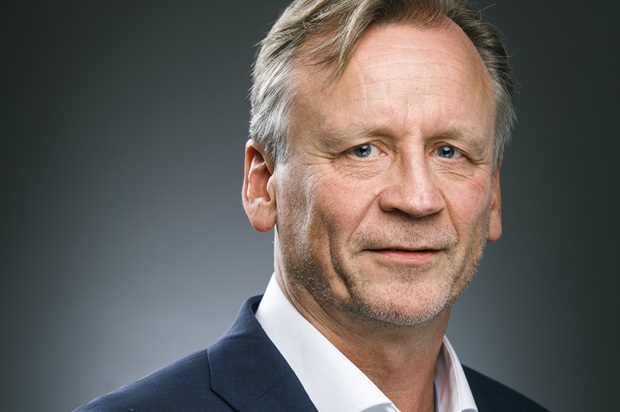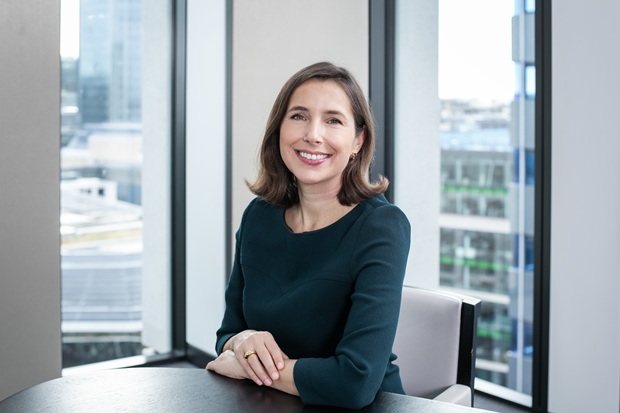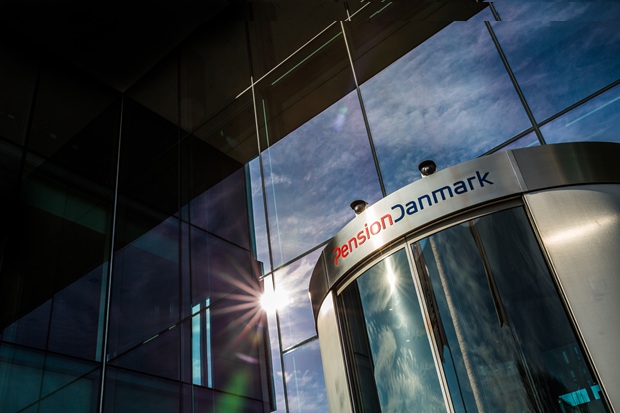
Openness and peer collaboration at Norway’s Aars
Tell Media Group recently visited the Oslo-based family office Aars and sat down with Morten Christensen to discuss asset allocation considerations, cooperation with other families and compliance challenges on the investment administration side.
The Norwegian family office Aars is celebrating its 10-year anniversary in 2024 but the actual history of the assets that Aars is overseeing for the Møller family has a much longer history. It dates back to 1936 when Harald Aars Møller founded a car dealership and a mechanical workshop just outside of Oslo. The car business remains a central part but has over time expanded to also include a sizeable real estate operation as well as other companies.
Aars chief operating officer Morten Christensen, who is overseeing the asset management at Aars, joined the family office in 2015, having previously spent some 14 years at the investment consultancy Griff Kapital where he was one of the founders. He notes that there have been significant developments within the Norwegian family office space over the past decade.
“The number of family offices has grown in Norway over the last 10 years and we see that families with smaller asset bases are organising themselves in a more structured and professional manner,” he says. He explains that Aars has a lot of interaction with other families with similar setups. “We know each other so it’s partly opportunistic networking, but we also meet through Family Business Norway, which gather investors such as us. We have a 100 per cent open policy and we enjoy learning and exchanging ideas with others. There’s really no competition between us,”says Morten Christensen.
Apart from his role at Aars, Morten Christensen is also a board member at three other family offices in Norway: Klaveness Marine, Centralgruppen and Andvordgruppen. “Our owners are keen for us to build the network and cooperate with other similar groups. A couple of weeks ago, we had 12 Finnish family offices here. They spent a couple of days in Oslo and met with us and a few other family offices. Next week, we’re going to Stockholm to meet a couple of families and we will also visit Stockholm School of Economics and its Center for Family Enterprise,” says Morten Christensen.
When asked about what stands out when heading up investments at a family office compared to other asset owners, Morten Christensen says the main difference is the regulatory framework they work under. ”At Griff, we had a lot of pension funds as clients and that was a business where we saw a development with increasing regulation. So more regulatory administration than investment management. What’s great about a family office is that you can structure it exactly the way you want it to. When I first joined, I did the same exercise as I did with clients at Griff. We have four active owners at Aars and I sat down with each of them to discuss the risk they’re willing to take and how they view the investments made by Aars in relation to what they do in their own investment companies,” he says.
Aars started out with one portfolio but this has now grown to three separate portfolios with assets close to NOK 7 billion (EUR 600 million). “We have one low risk portfolio, which collects dividends from our daughter companies and where we also send out money to the owners or to other companies in the group for investments. Then we also have two ‘risk portfolios’ - one focused on Nordic large cap equities, which is managed internally, and one multi-asset portfolio where we make fund investments,” says Morten Christensen.
Asked about the exposure to private markets, Morten Christensen explains that the assets run in asset management needs to be liquid to balance the overall exposure of Aars. “Total net assets in Aars are some NOK 25 billion and 75 per cent of that sits in companies we own directly. We also have a team of seven that do direct investments in private companies, so kind of an internal private equity team,” he says.
While the investment team is free to allocate between their three portfolios, Morten Christensen notes that the allocation depends on two things. Firstly, if they see that money is needed for investments somewhere else in Aars or for dividends to the owners and secondly, on the view on markets. “With our investment process, we update our scenarios once a year, which gives us an overall direction, and then we follow up to see if we’re on track or if we need to make adjustments. I’m responsible for the overall allocation and then I have three colleagues who work with the underlying portfolios,” he says.
In addition to managing the liquid assets of the Aars group, the team is also responsible for the overall asset allocation and risk management. “We work with our daughter companies and define top-down risk factors and they provide their bottom-up company-specific risk factors. We also look at the liquidity development of the different companies, which of course have a bearing on how we allocate between our portfolios,” says Morten Christensen.
He adds that staying on top of the overall development of the group is very important because that influence the risk-taking ability in the liquid portfolios. “This is one of the things that sets family offices apart from other asset owners and that’s why I think it’s next to impossible to benchmark different family offices to each other. Each family office will have a different history and will be catering to different generations. There are also differences if you still run operational companies or if it’s only management of financial assets,” he comments.
Furthermore, he notes that it would be fair to characterize the assets of a family office such as Aars as both long and short term. “We trace our roots back to 1936 and we’re still in the car business, so in that sense we’re very long term. But we also have short-term targets that we strive to meet. When we think about the long term, say 10 years ahead, we of course realise that both the car business as well as our real estate holdings are interest-rate sensitive. These businesses experienced very good years from 2009 until 2021 with negative real rates and we don’t see that coming back. Then we need to be dynamic in our asset allocation and we probably need more liquid assets,” he says.
When discussing its work with external managers, Morten Christensen says that the biggest challenge is the administration around anti-money laundering and “know your customer” compliance. “The avalanche of documentation that’s needed is crazy and we’ve experienced that it’s easier to enter into a fund than to leave. There have been cases where additional documentation has been needed before we can sell a fund and that’s very annoying. Today, we ensure that everything is in place even before we invest because our holdings need to be liquid. This development has also led us to increasingly use ETFs. It’s easier to trade and with the development in that market, it’s also easy to get very exact exposures. In addition, there are lower fees,” he says and adds that it uses funds for Nordic high yield, hedge funds and multi-asset credit.
When it comes to potential new areas of investments, Morten Christensen mentions cat bonds and commodities. “We’ve also spent a lot of time more recently on CTAs. That was a big success for us at Griff during the financial crisis,” he says.
Speaking more broadly about the Norwegian asset management industry, Morten Christensen says that on the negative side, the political establishment don’t do anything to foster a positive development. “That’s a shame. We’ve seen fund companies move their assets from Norway – Alfred Berg recently to Sweden and before that we saw Nordea relocating funds to Finland. However, on the positive side, we see more professional operations among families. One example is Reitan Kapital – a family office that has seen a very impressive development under the leadership of Magnus Reitan since its launch in 2016,” he comments.
Looking ahead, Morten Christensen says that the team has started to work on its strategy for 2025 but are not yet done. “I think it can be a bit bumpy but as we come further into 2025, we think the economy could be ok. So next year could be a little bit like this year. Right now, we’re happy to continue investing in Nordic large caps and Nordic high yield,” he says.
The interview concludes with Morten Christensen’s thoughts on what makes asset management such a fascinating environment to work in. “Earlier this week, we had a visit from some 20 students from the Oslo business school and I received that exact question – what’s the most interesting part of your job. My answer is that it’s stimulating to meet a lot of different and seriously clever people and it’s a mix of markets, economics, psychology and politics. Simply very stimulating,” he says.



